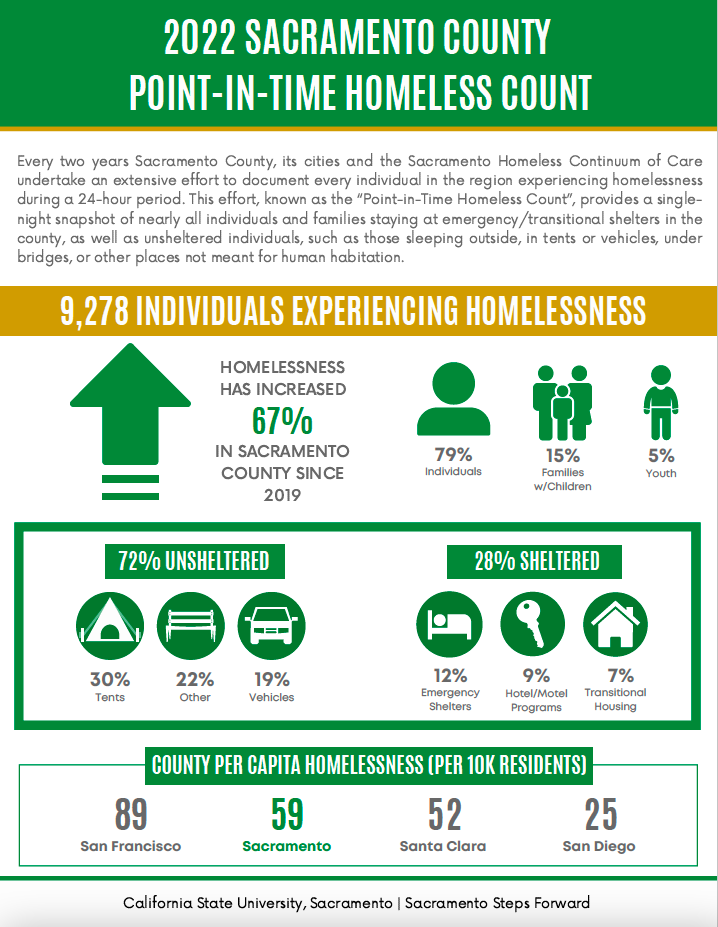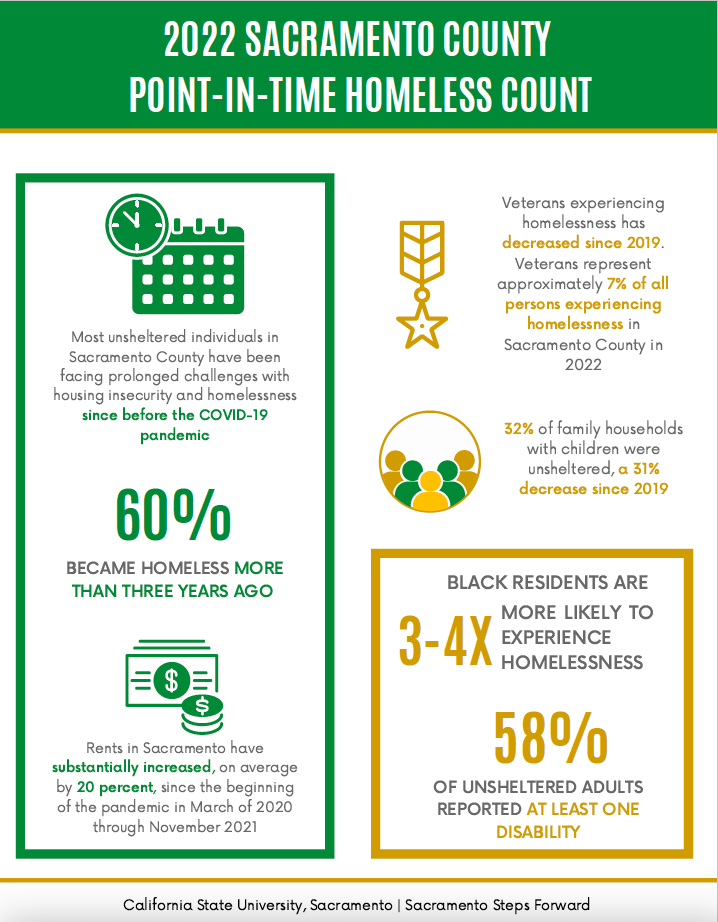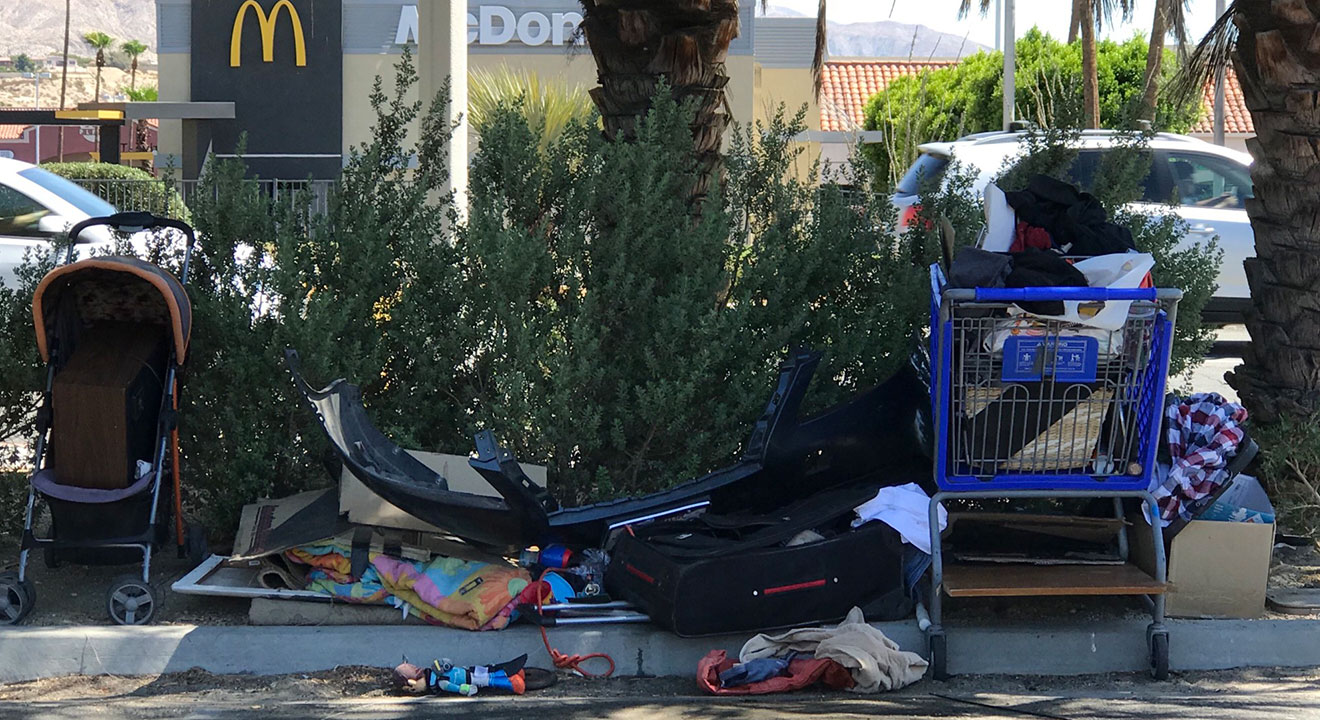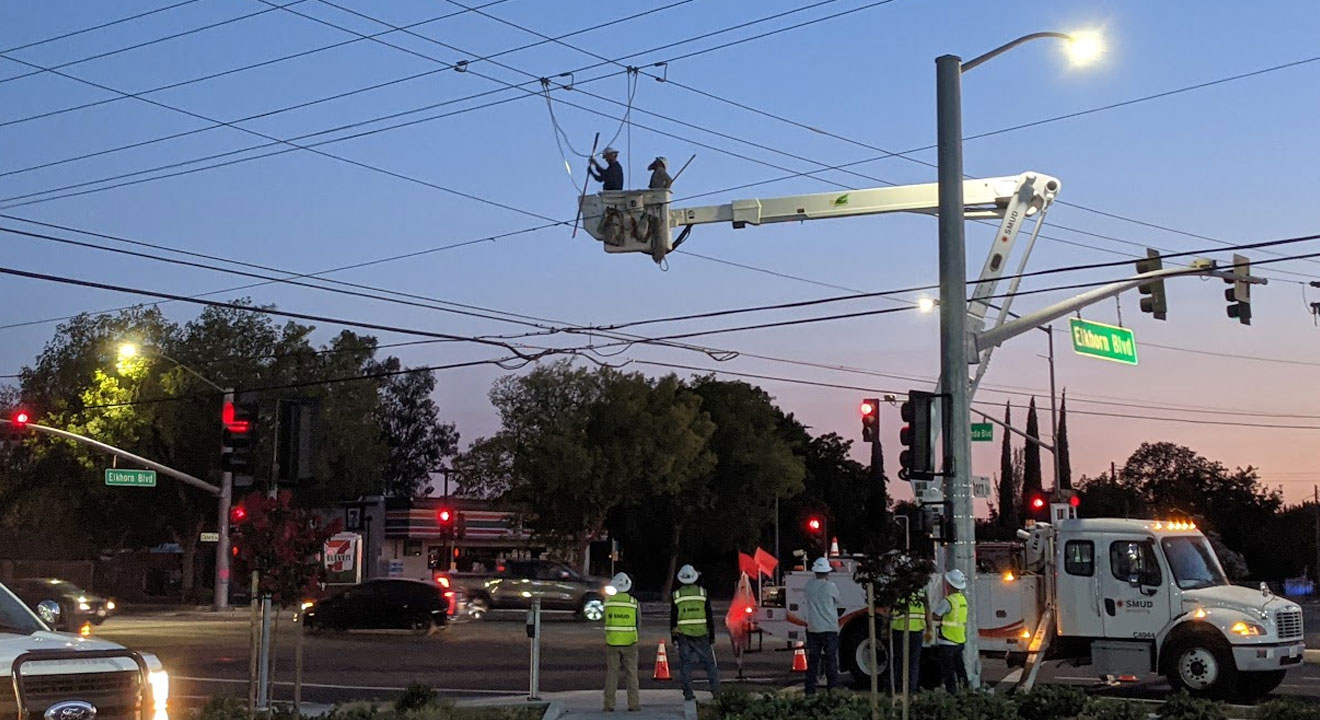Today Sacramento Steps Forward, the lead agency for the Continuum of Care in Sacramento County, released the 2022 Point in Time (PIT) count report.
The Point in Time count is conducted every two years within Sacramento County and provides the community with a snapshot of how many people may be experiencing homelessness on any given night. The count was last done it 2019 and was delayed from 2021 to 2022 because of the pandemic. This year the count was done on Feb. 23 and 24.


As expected, the overall number of persons experiencing homelessness at the time of the count is much higher than it was in 2019. While it is disheartening to know that more of our residents are unhoused, this report is useful to the overall County strategy and response tactics.
The County now has updated data not only on homelessness overall but on many specific sub-categories such as families, veterans, those living in cars, chronic homelessness, and some of the conditions and barriers that are keeping people homeless.
What Sacramento County is Doing
The County has been steadily increasing funding, resources, and programs to serve not only our unhoused residents but mitigating the impacts of unsheltered homelessness communitywide. The needs of the unhoused can be complex and vary drastically from person to person – but one thing remains consistent – complex wraparound services cannot be impactful until people’s basic needs are met. Food, water, shelter, and sanitation are just a few of the basic and essential needs people have in order to stabilize enough to receive more complex services such as mental health treatment and/or drug and alcohol rehabilitation.
The County recognizes the need for diversified responses to this complex problem – knowing that one solution is not right for each person, no timeframe works for every person, and no one service works for everyone. Instead, the County is investing in a myriad of programs, services, and new sheltering and housing concepts to not only address current homelessness but prevent or divert homelessness, to begin with.
One of the new, innovative projects the County is launching that will aid in helping people exit homelessness, is the recently approved “Safe Stay Community” model. These small, individual sleeping cabin communities will provide the privacy, dignity, and respect that unhoused people deserve, while also meeting their basic needs and giving them a stable environment to learn about and accept services that will help them exit homelessness.
Investments and Programs Targeting Mental Health, Families, and Youth
- The County has made significant investments through MHSA Funding for Housing and Homeless Supports. Since 2007, $28M has been allocated to address homelessness in Sacramento County through the MHSA Housing Program and No Place Like Home Program. The County currently has 221 housing units funded through MHSA and an additional 234 coming in the next two years.
- In FY 2019-20
- Housed 563 clients/households
- Prevented 1,431 clients/households at imminent risk of becoming homeless
- Served 161 clients/households residing in MHSA-funded apartments
- Provided rental assistance to 4,682 clients/households
- Provided 7,815 services utilizing MHSA housing flex funds
- In FY 2019-20
- The County currently funds more than $1 million in prevention and intervention services, primarily targeting youth and families.
- The Board allocated $10 million from ARPA-1 to create the Landlord Engagement and Assistance Program (LEAP) to provide landlord and tenancy support and short-term rental subsidies to help people quickly exit homelessness and sustain housing. LEAP will launch in the fall of 2022, and aims to augment other re-housing programs to help households quickly divert from homelessness.
- In partnership with SHRA, the County launched the Sacramento Emergency Rental Assistance (SERA) program, providing one-time financial support totaling almost $67 million to almost 7,800 families at risk of losing housing as of May 2022.
- Over the past several years, there have been regulatory, and policy changes, and new investments that have allowed the County to build out services for foster youth and youth aging out of the system to prevent them from falling into homelessness. The County has increased participation in Independent Living Programs, Transitional Housing Programs and Voucher supports for youth as well.
Point in Time Count by the Numbers
- The overall count increased 67% from 5,570 (2019) to 9,278 in 2022. While the overall number of people has increased, the percentage split of sheltered vs unsheltered – 28% vs 72% respectively, hasn’t changed; which is indicative of increased bed capacity over the last three years.
- Those reporting chronic homelessness have more than doubled. Chronic homelessness is defined as long periods of homelessness and the presence of a disabling condition such as behavioral health issues or drug addiction.
- Nearly 50% of those experiencing homelessness are considered ‘chronic’
- 58% of unsheltered report disabling conditions vs. 40% in 2019
- 74% of the unsheltered population reports being homeless continually for more than a year
- There was a substantial rise in vehicles counted – in 2019, 200 vehicles were counted; in 2022, 1,100 vehicles were counted equating to 1,782 people. The report also notes the new trend of “vehicle encampments”
- In addition to the Point in Time count, the report also provides an annualized count of people that experienced homelessness at some point in the last year – up to 22,000
To stay informed about what the County of Sacramento is doing to respond to homelessness, subscribe to our distribution list on homeless news.
CONTACT INFO:
KIM NAVA, SACRAMENTO COUNTY PUBLIC INFORMATION OFFICE














